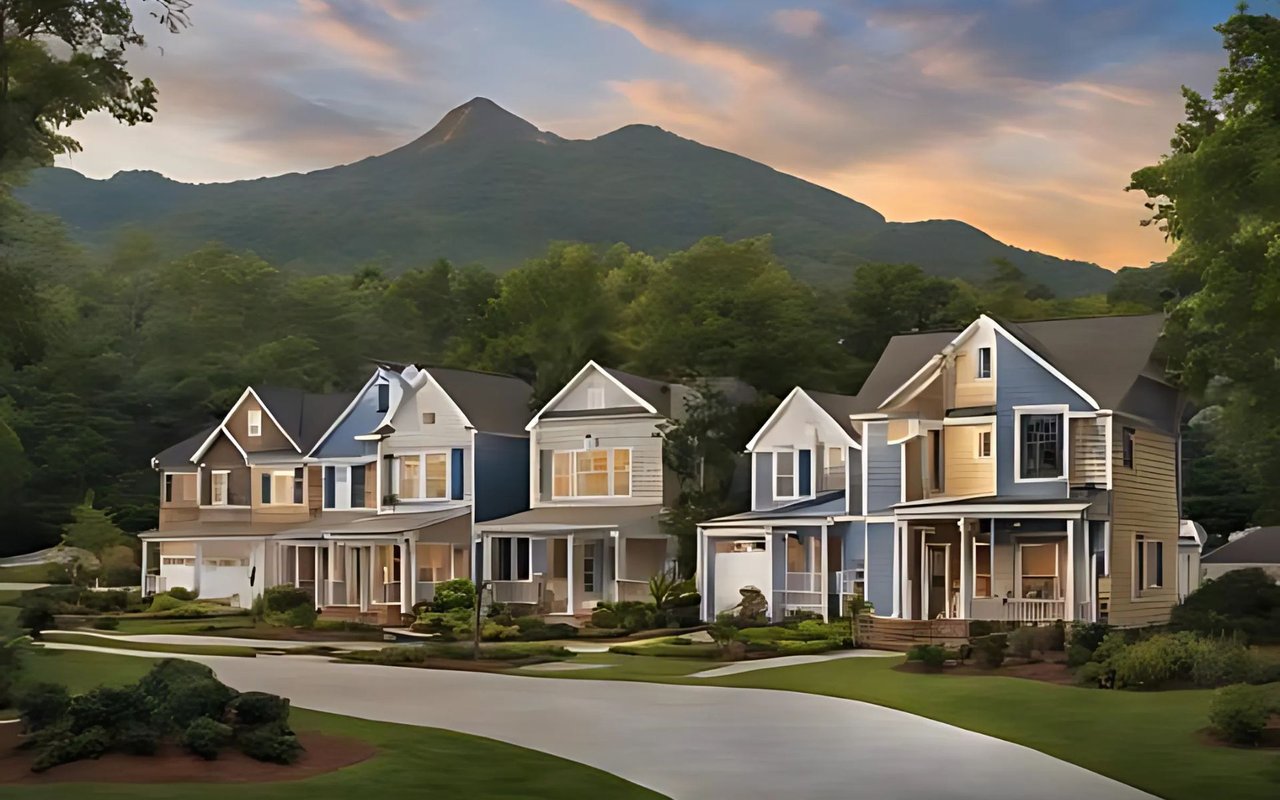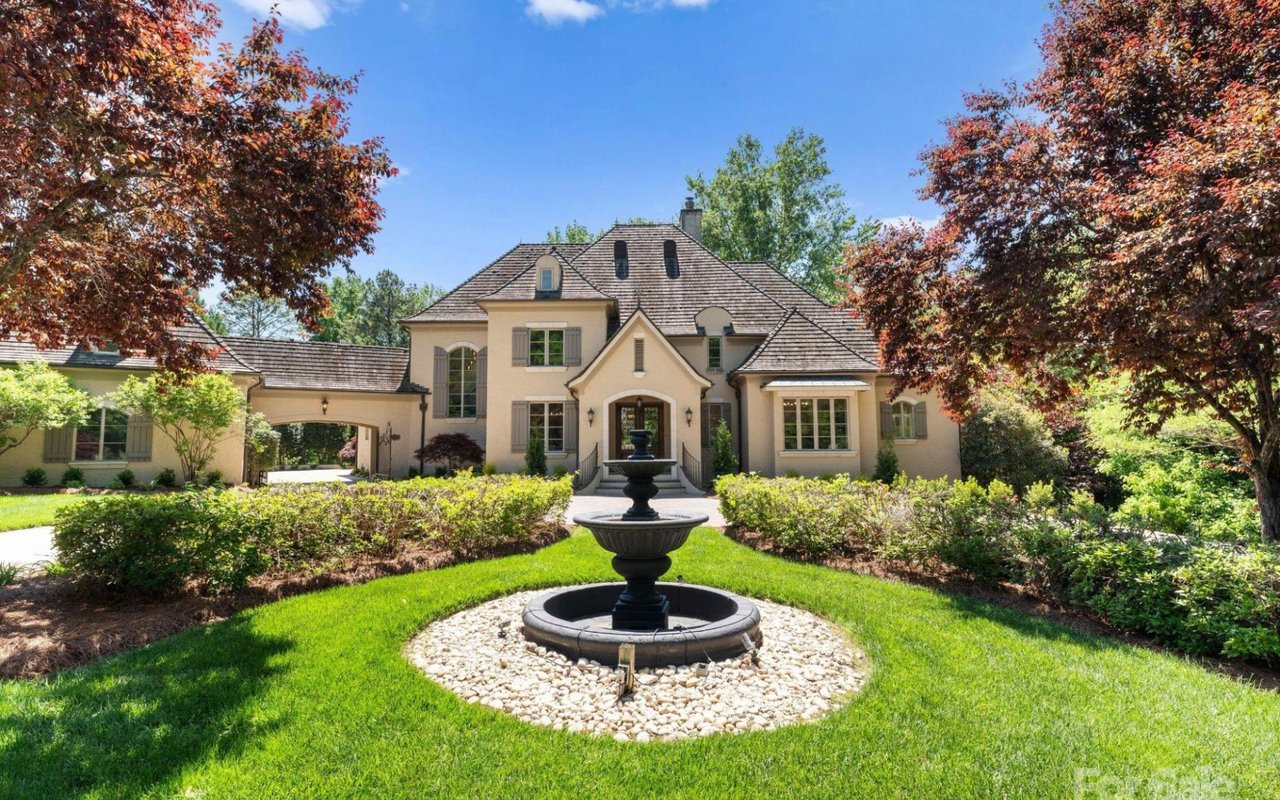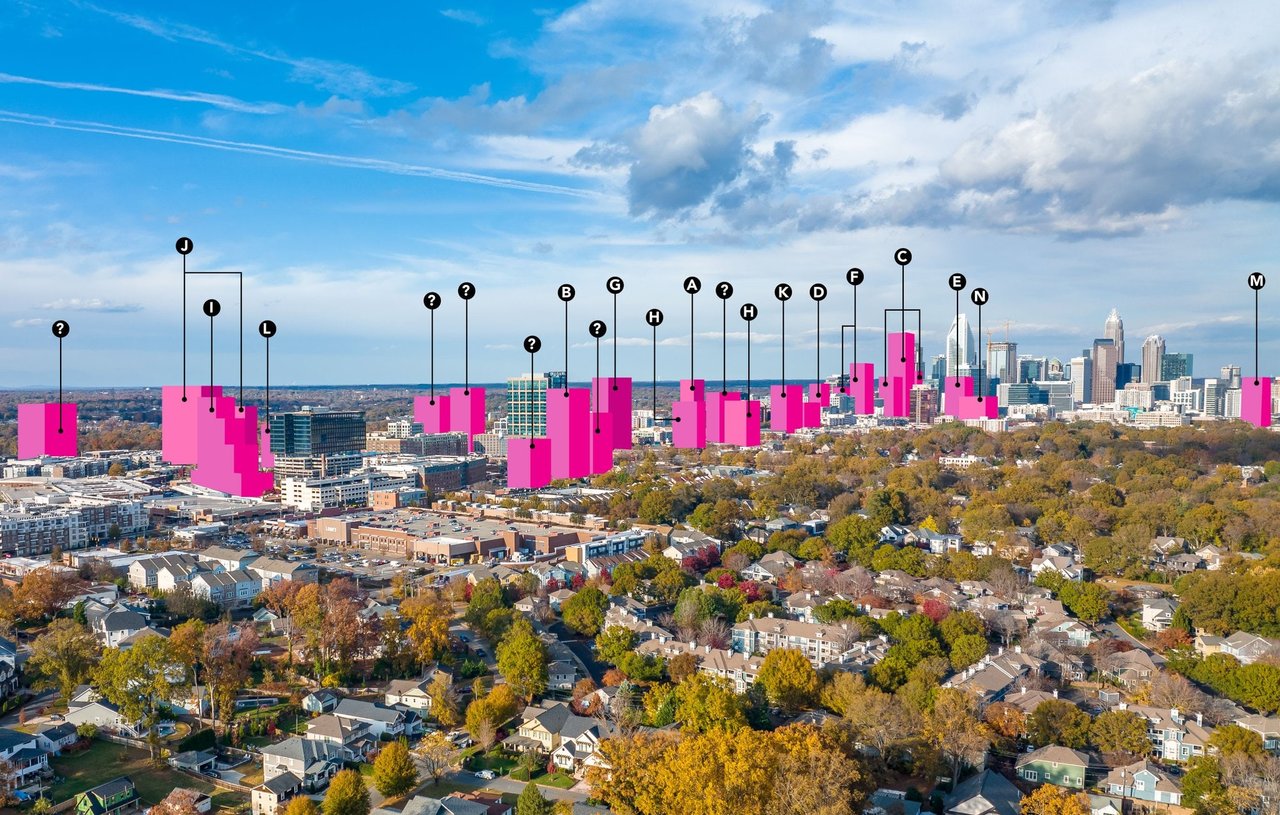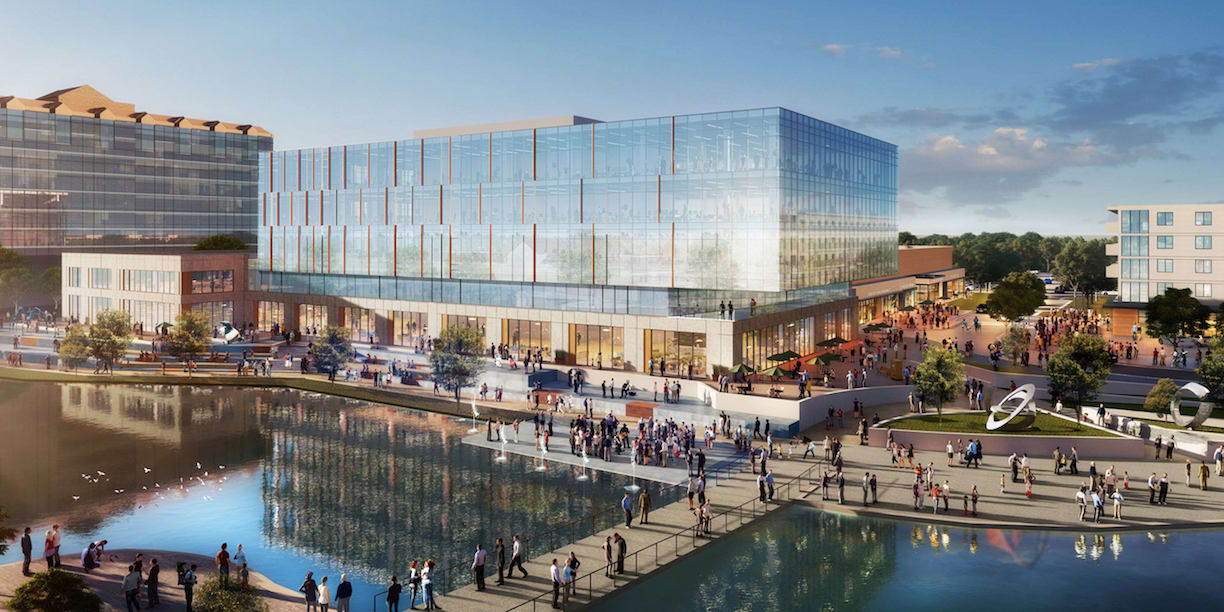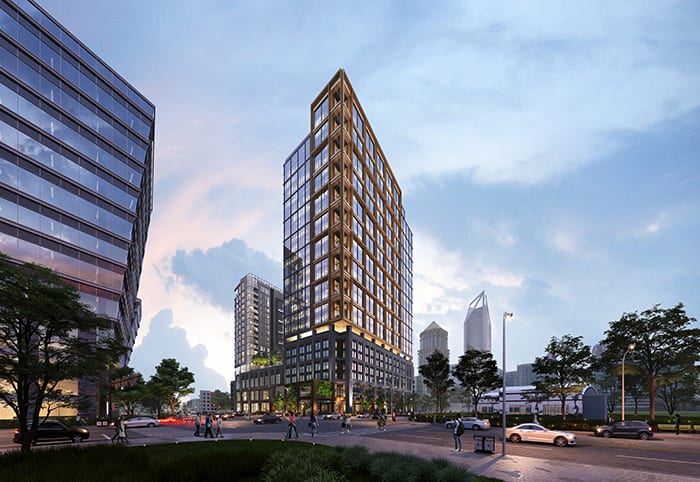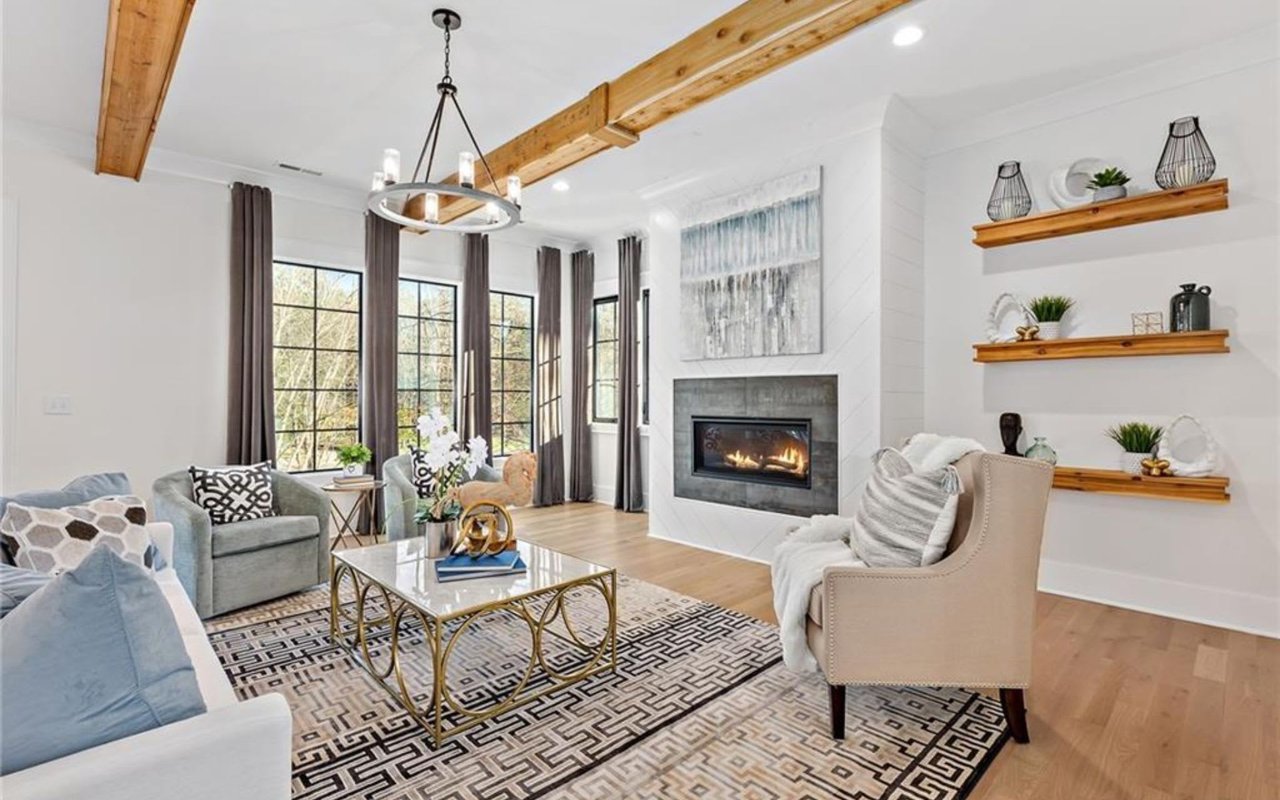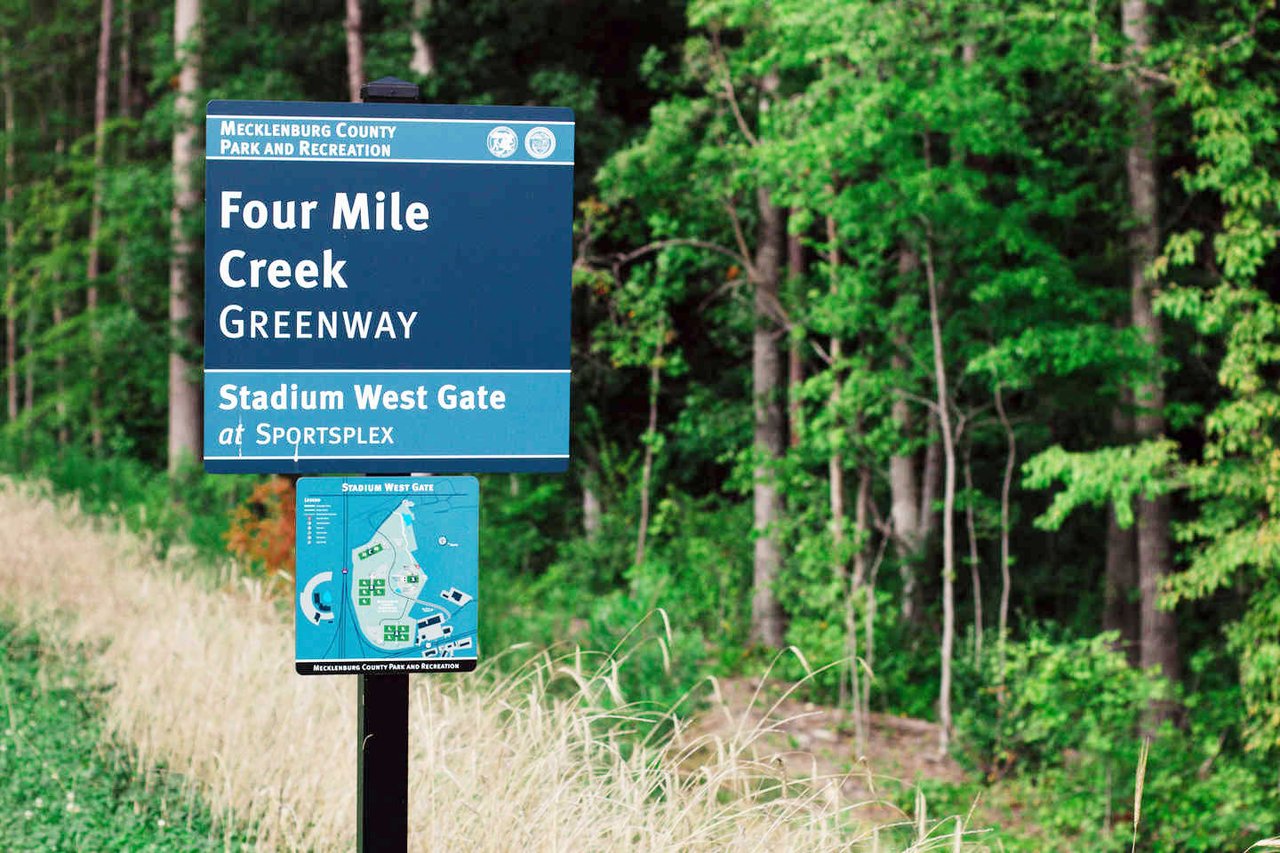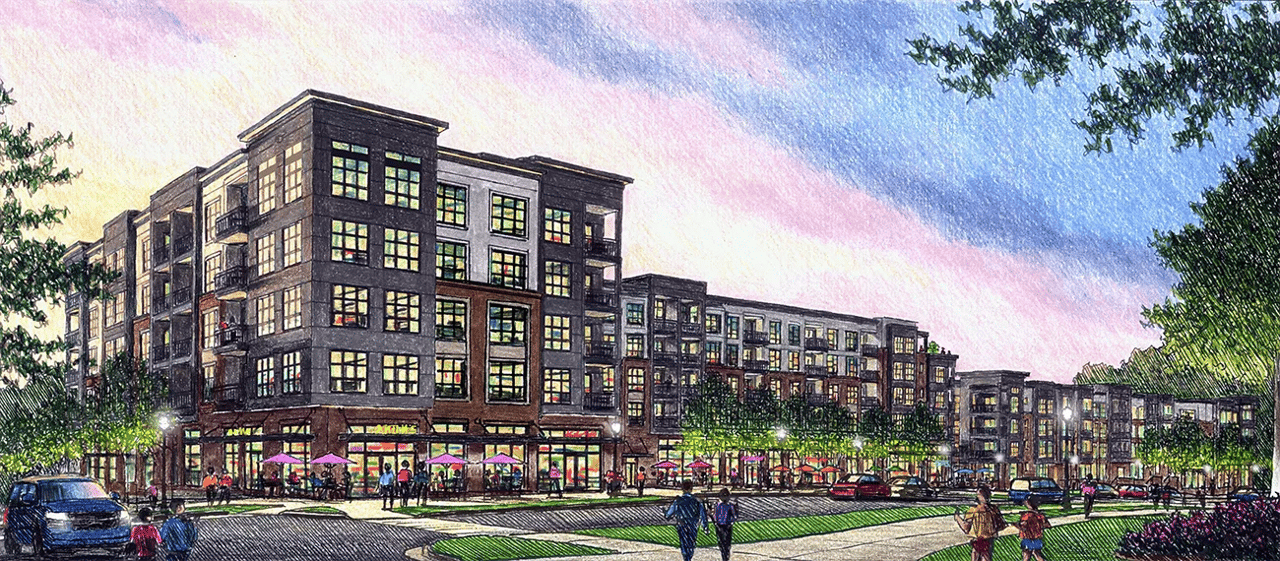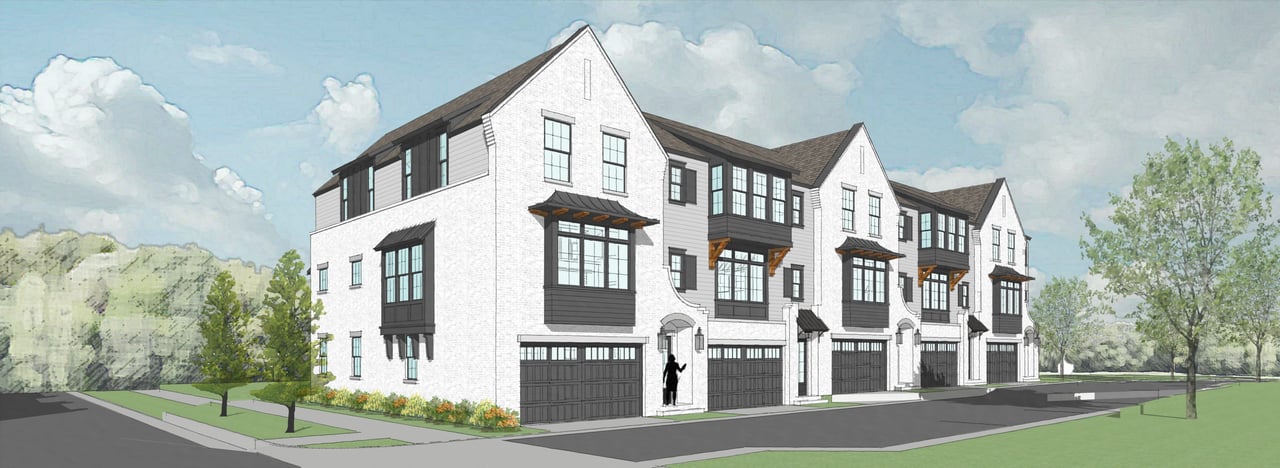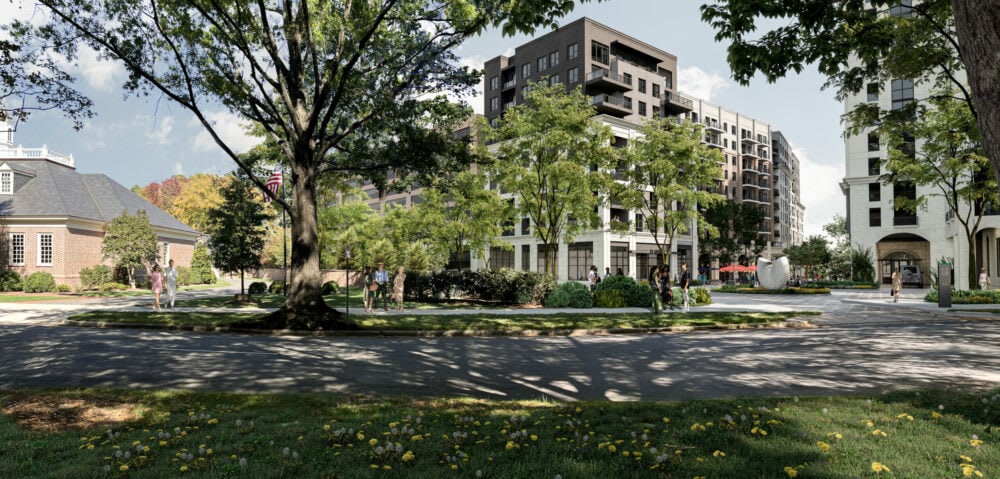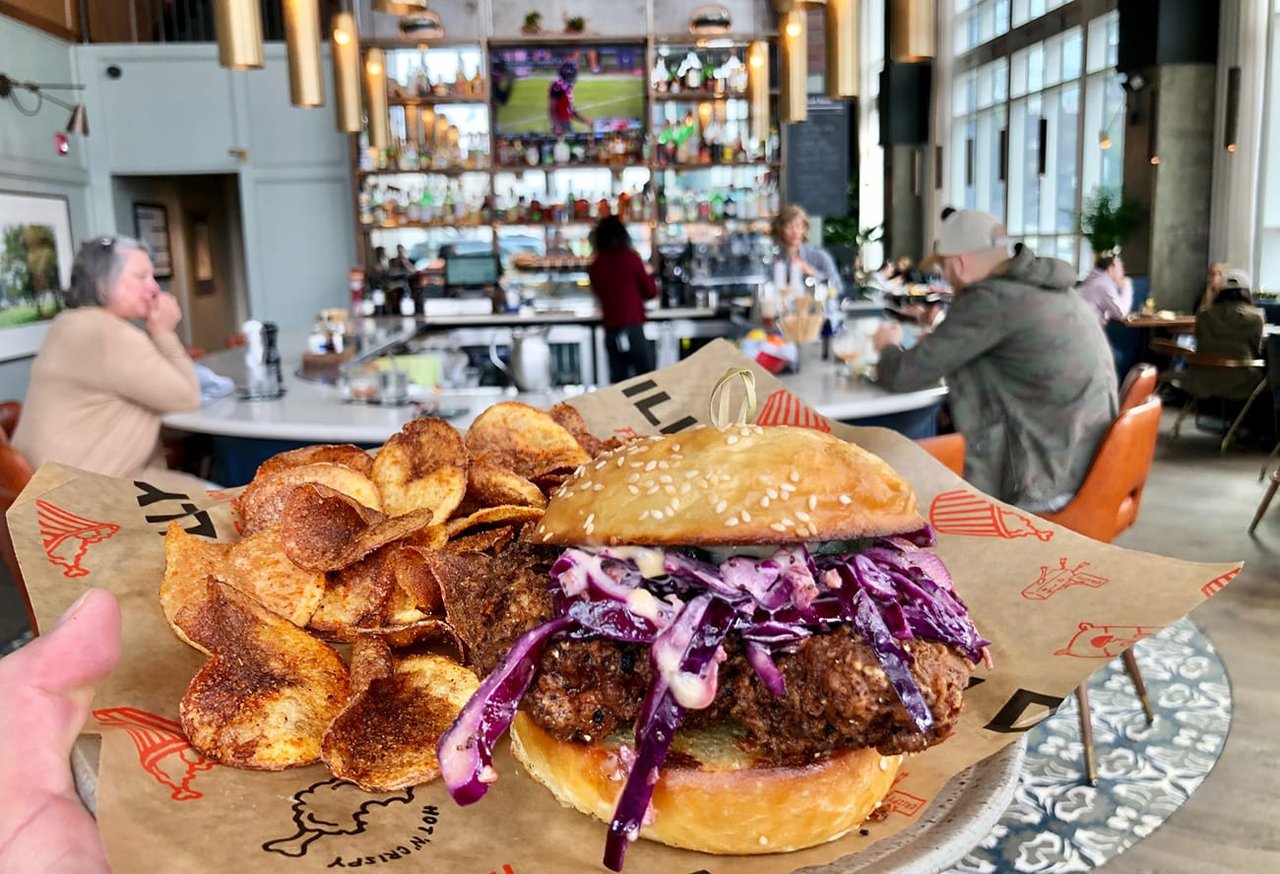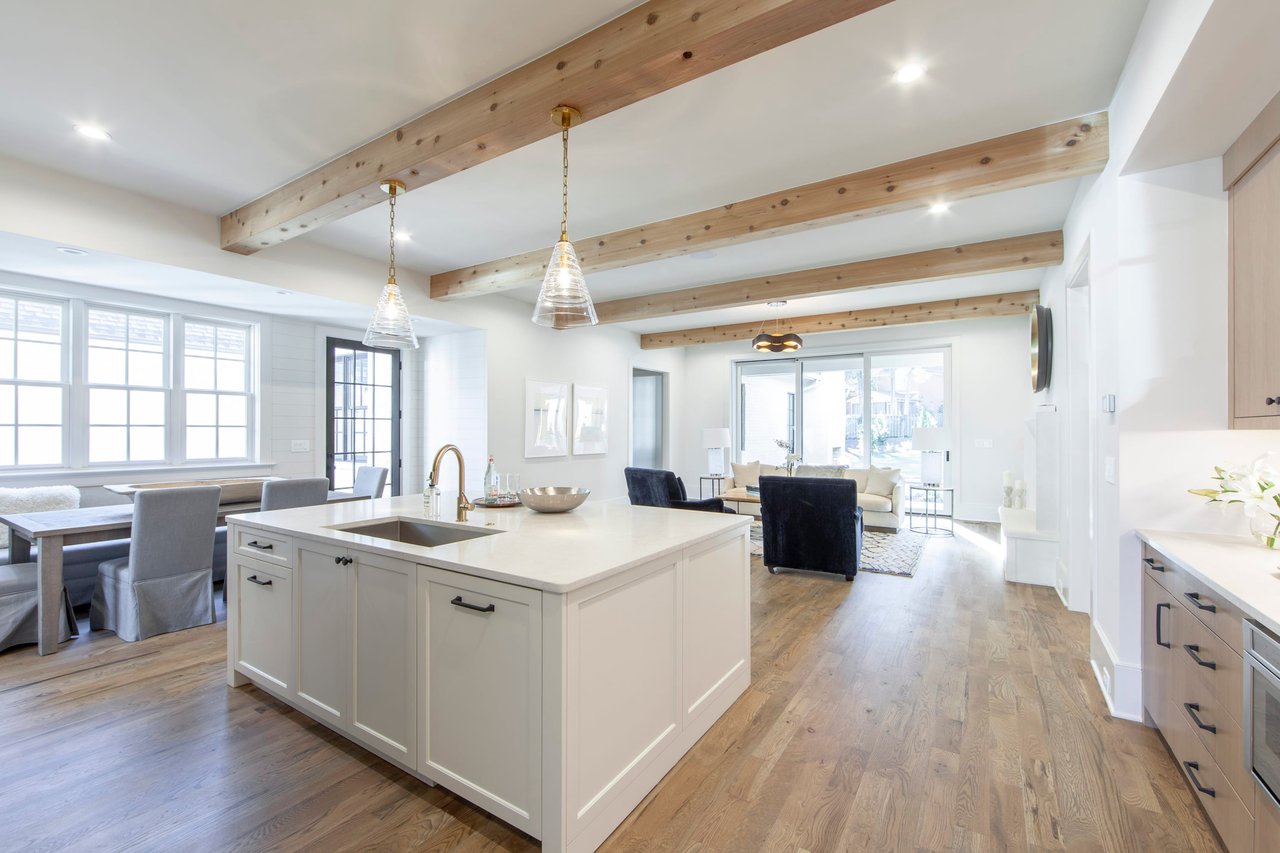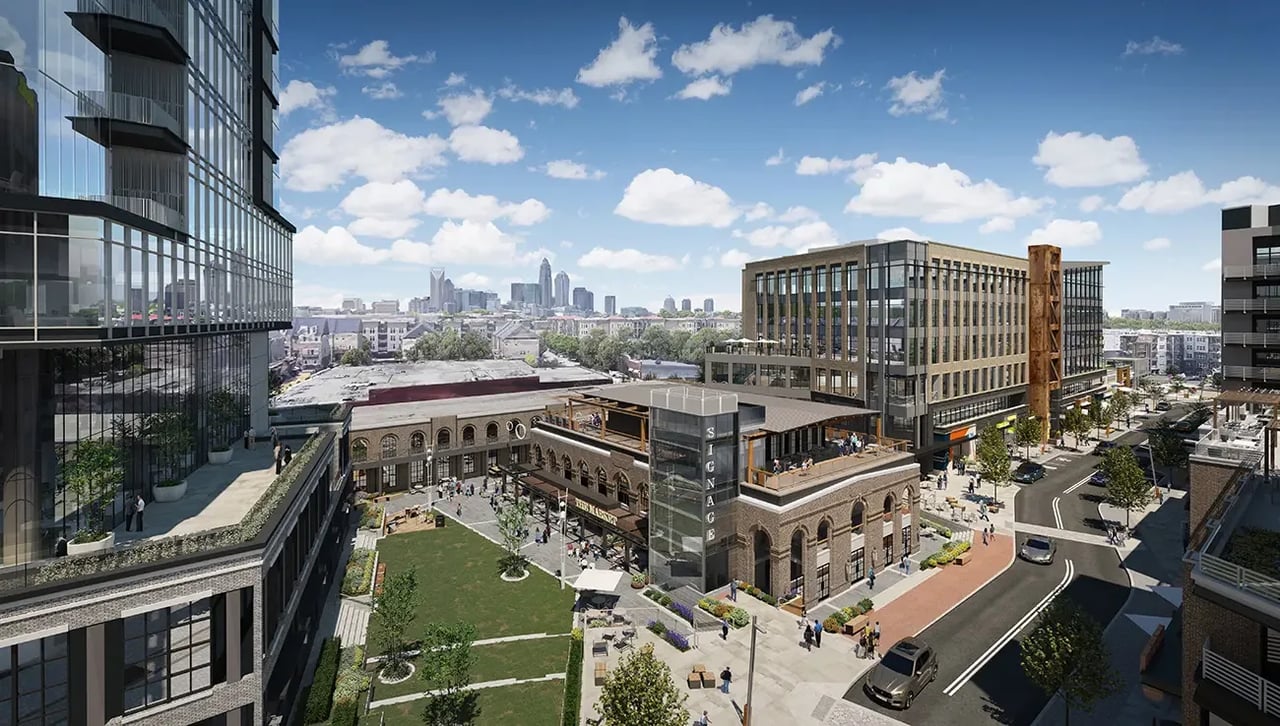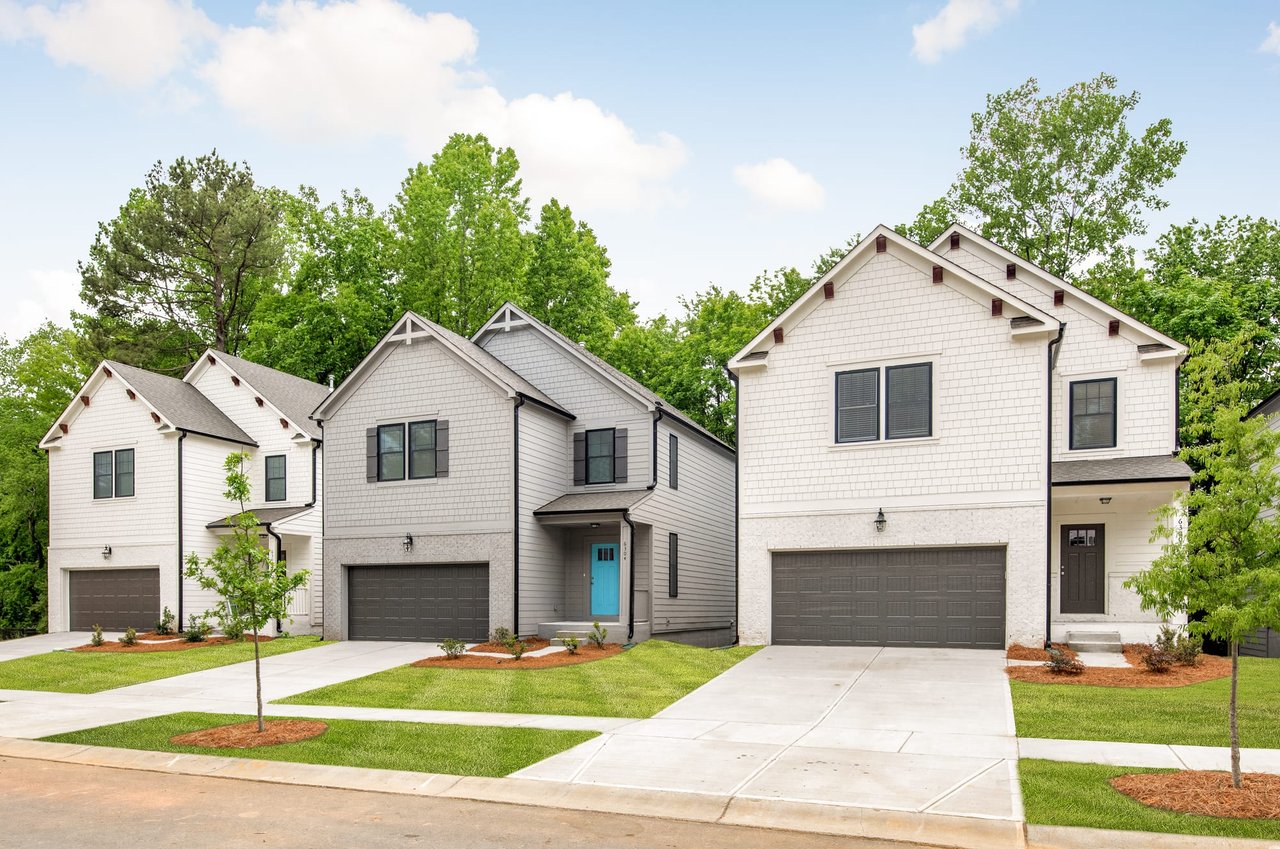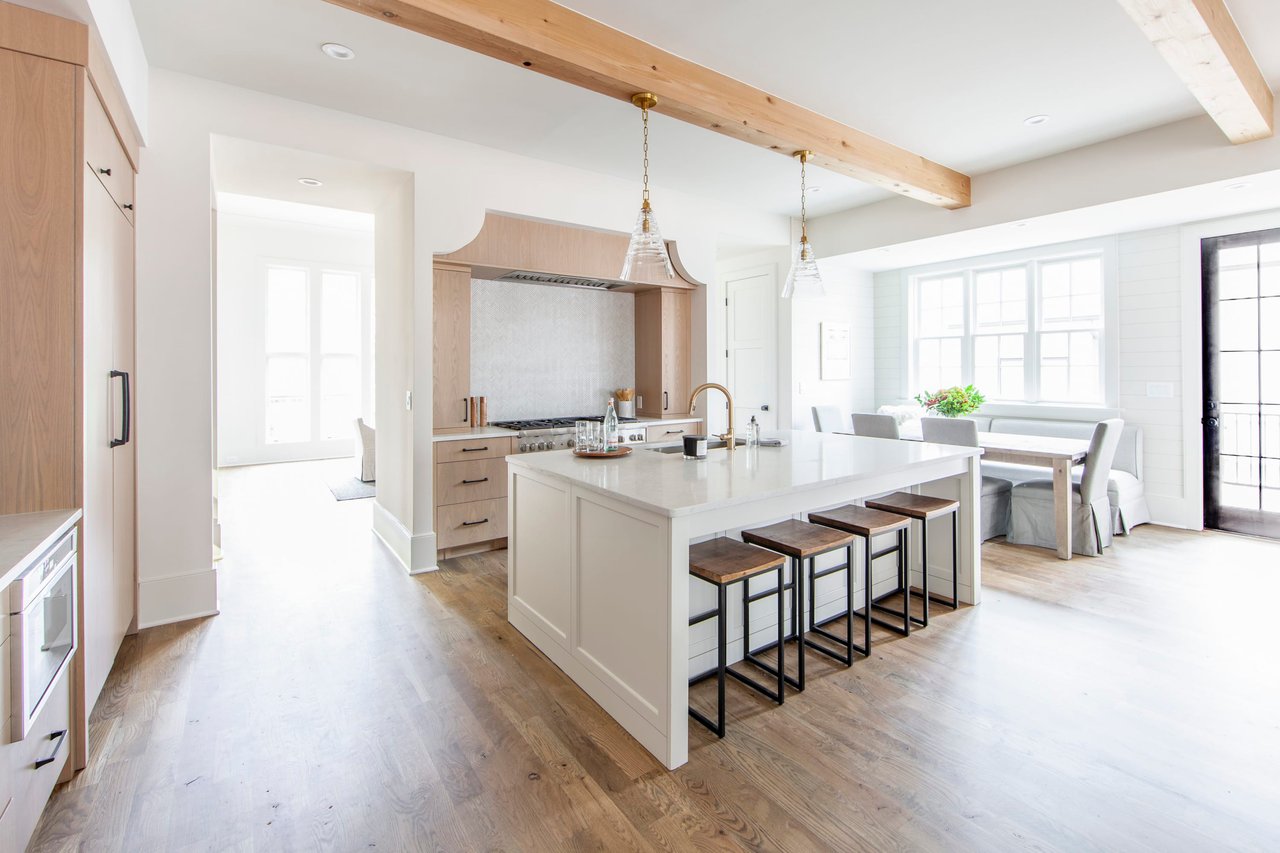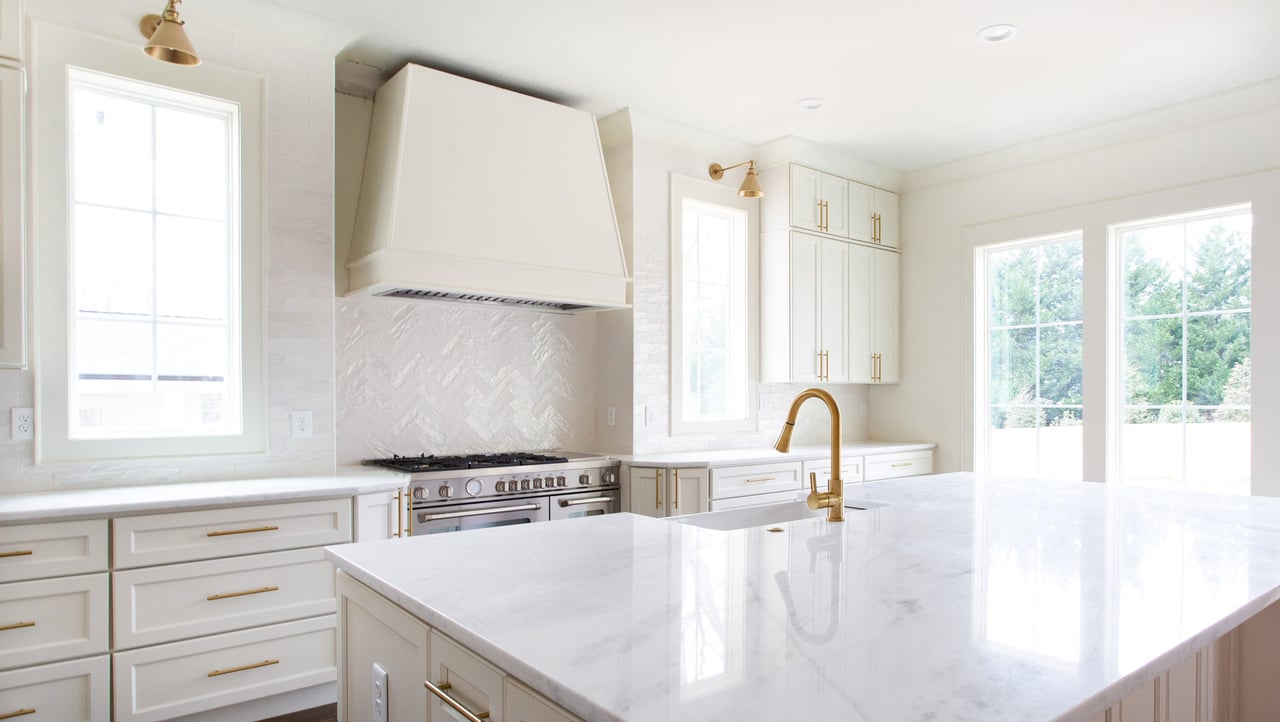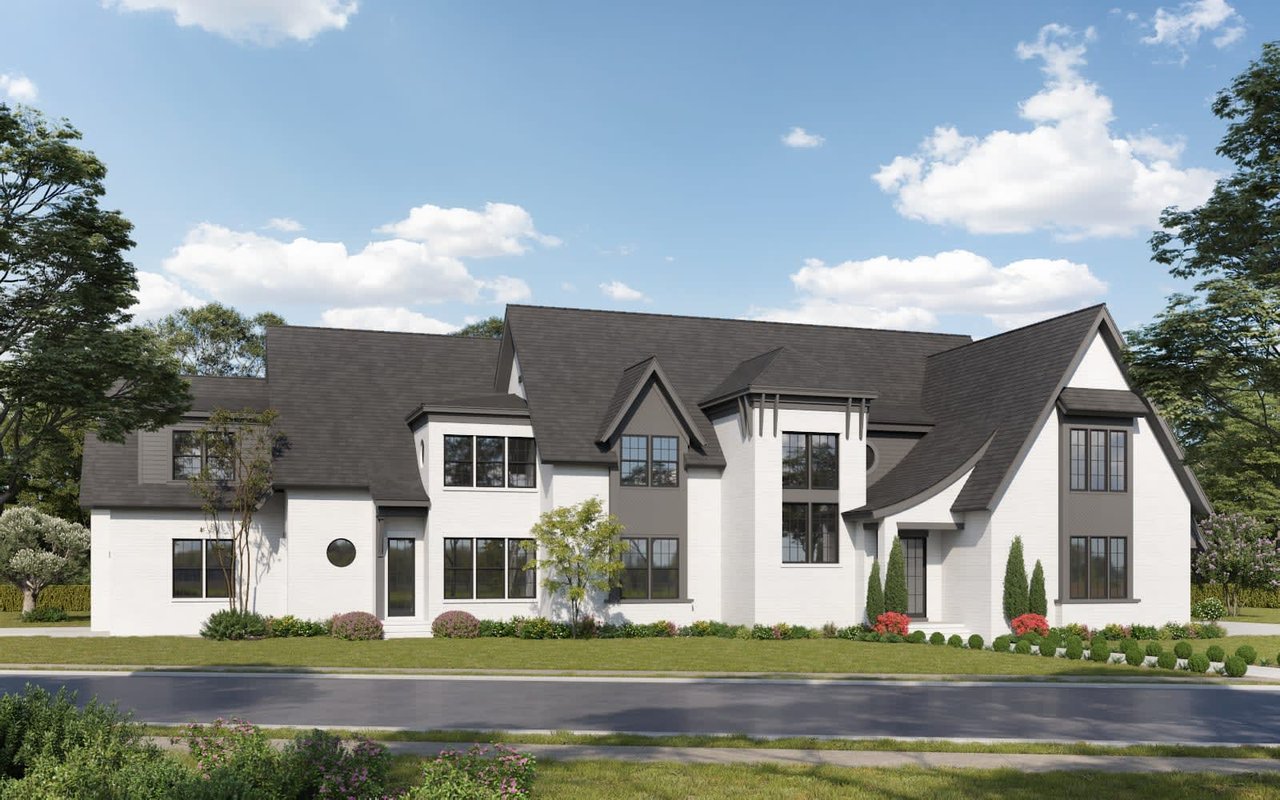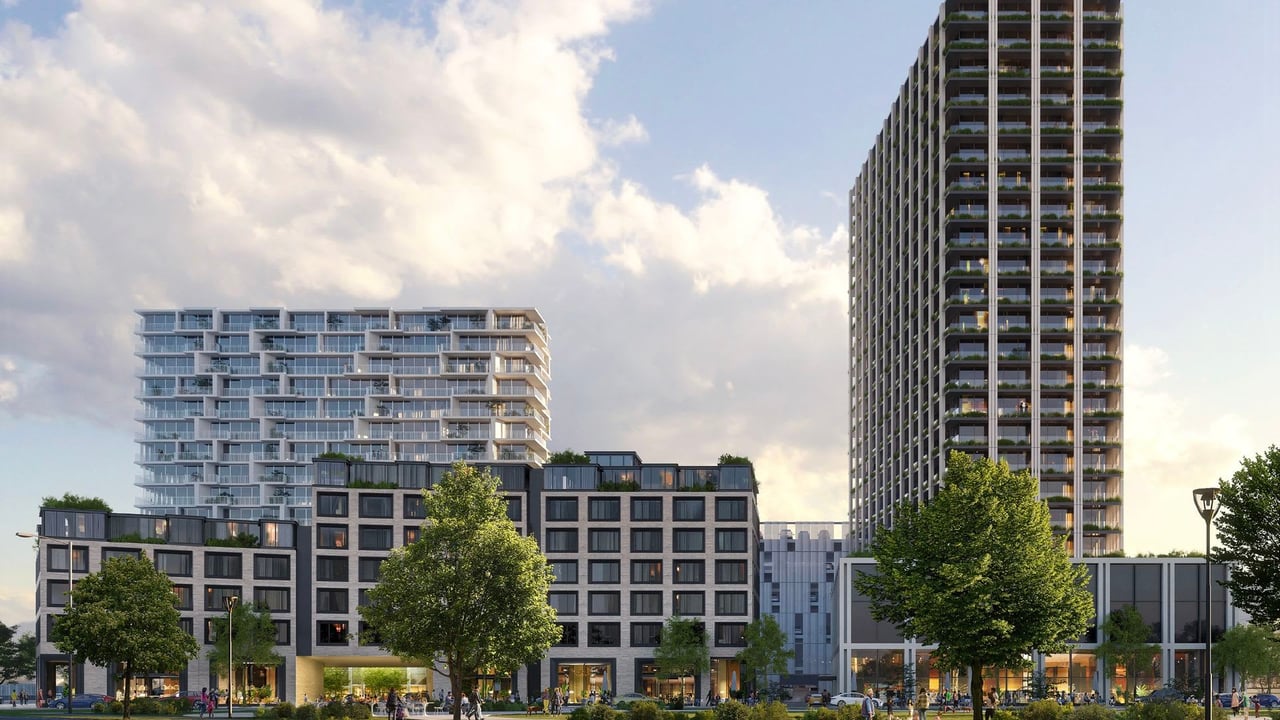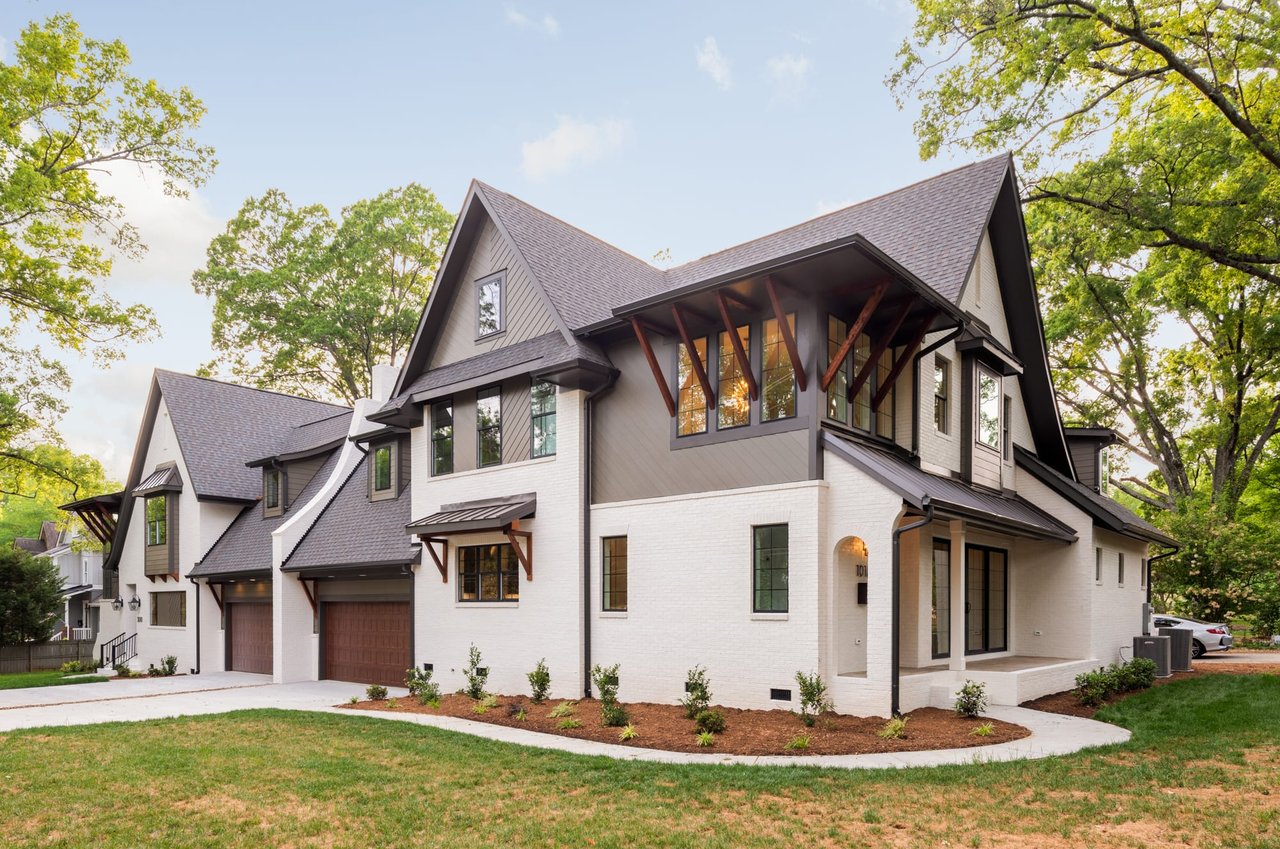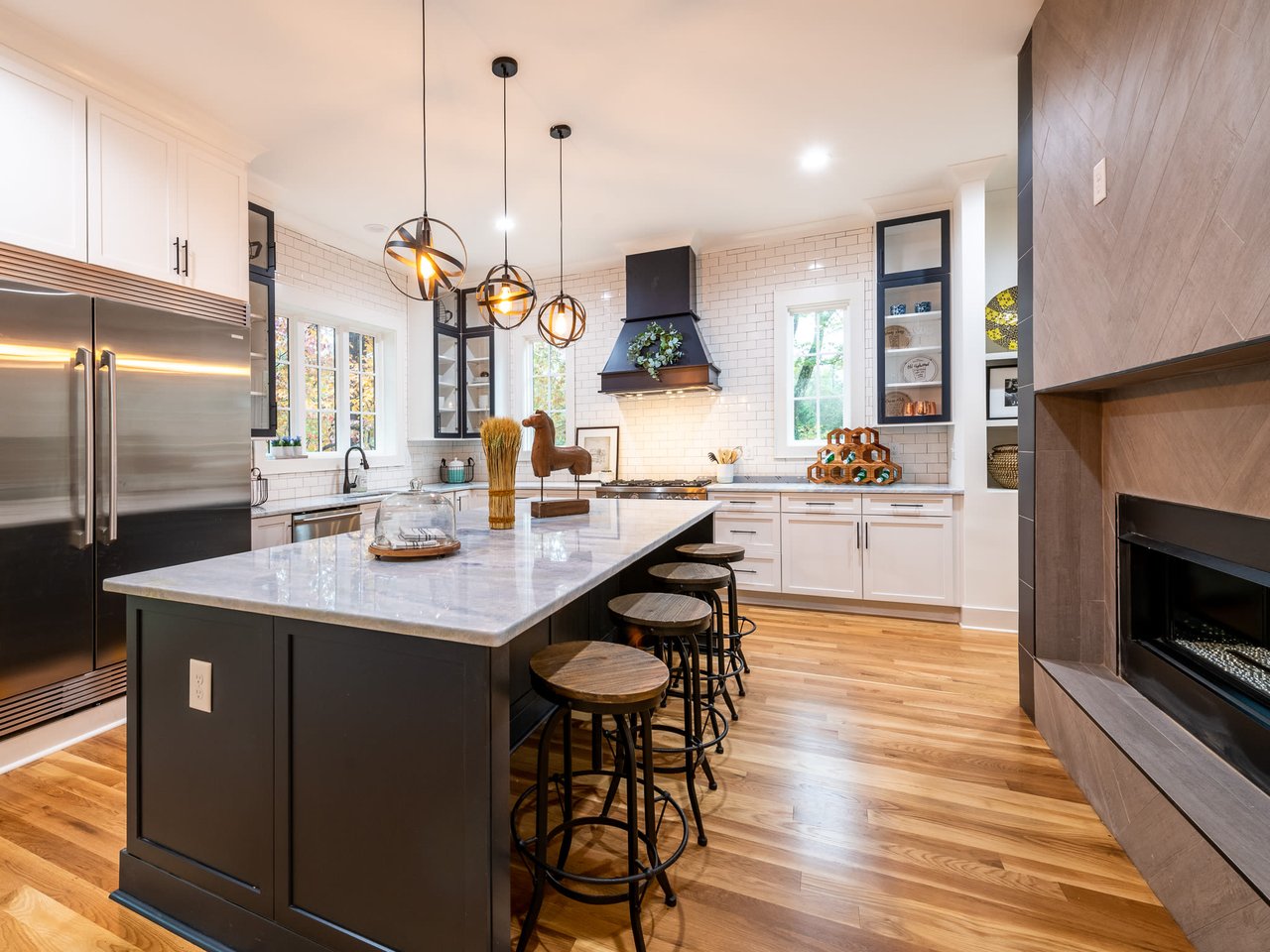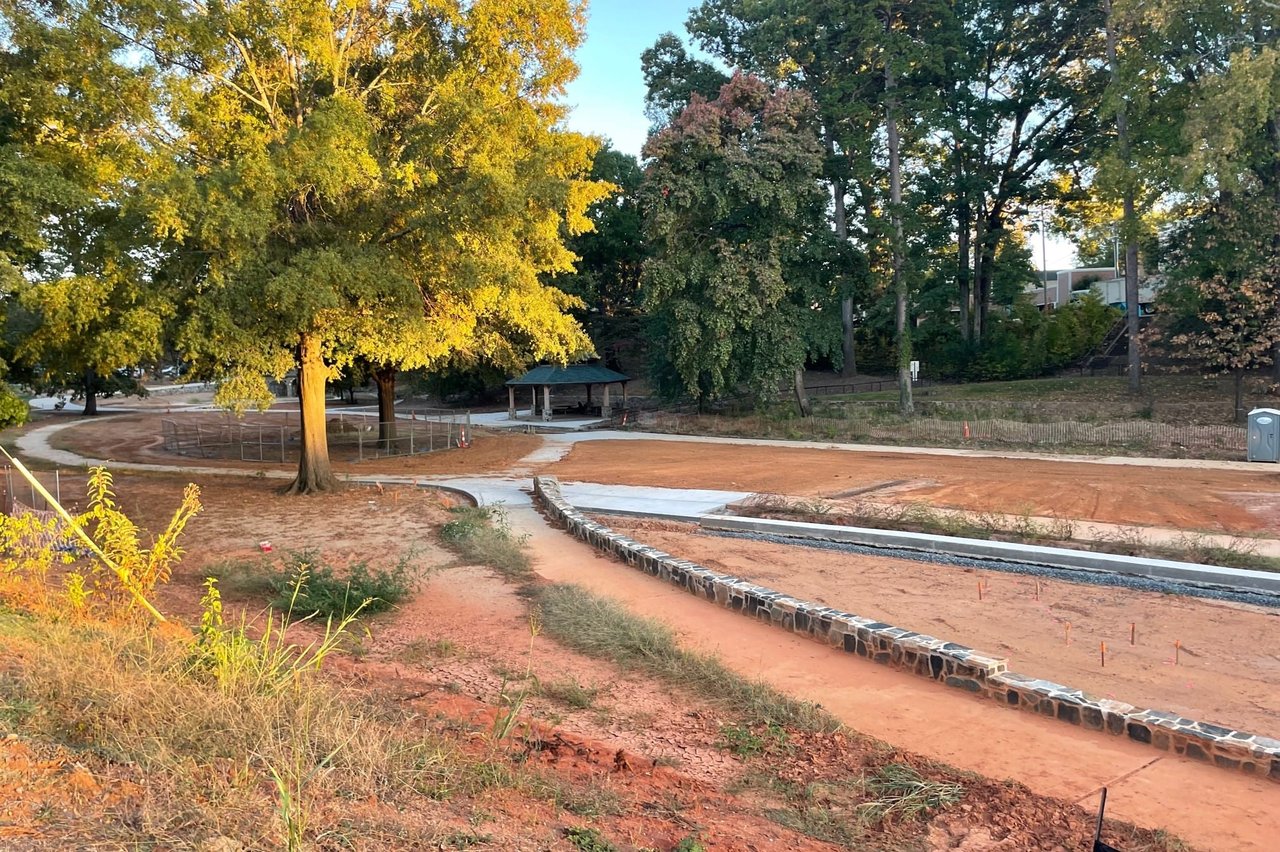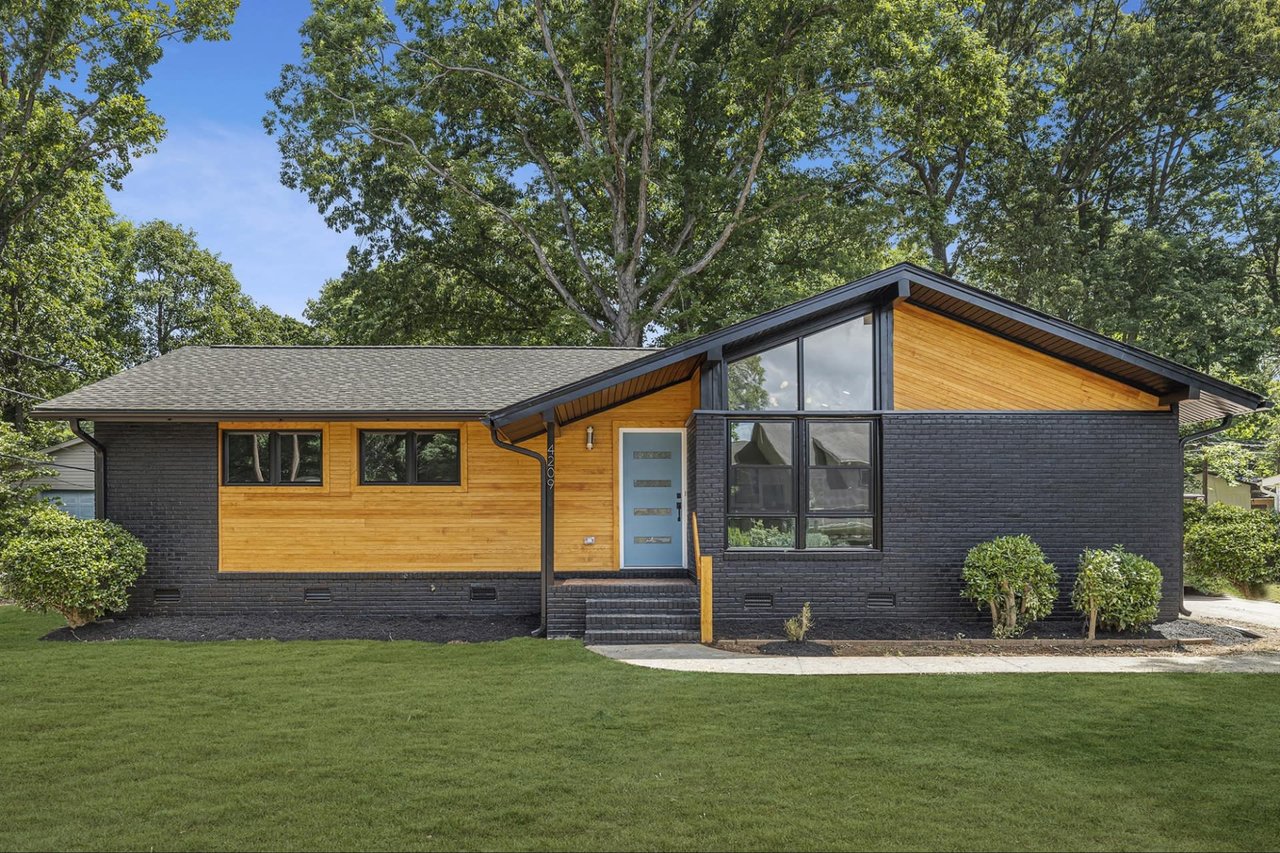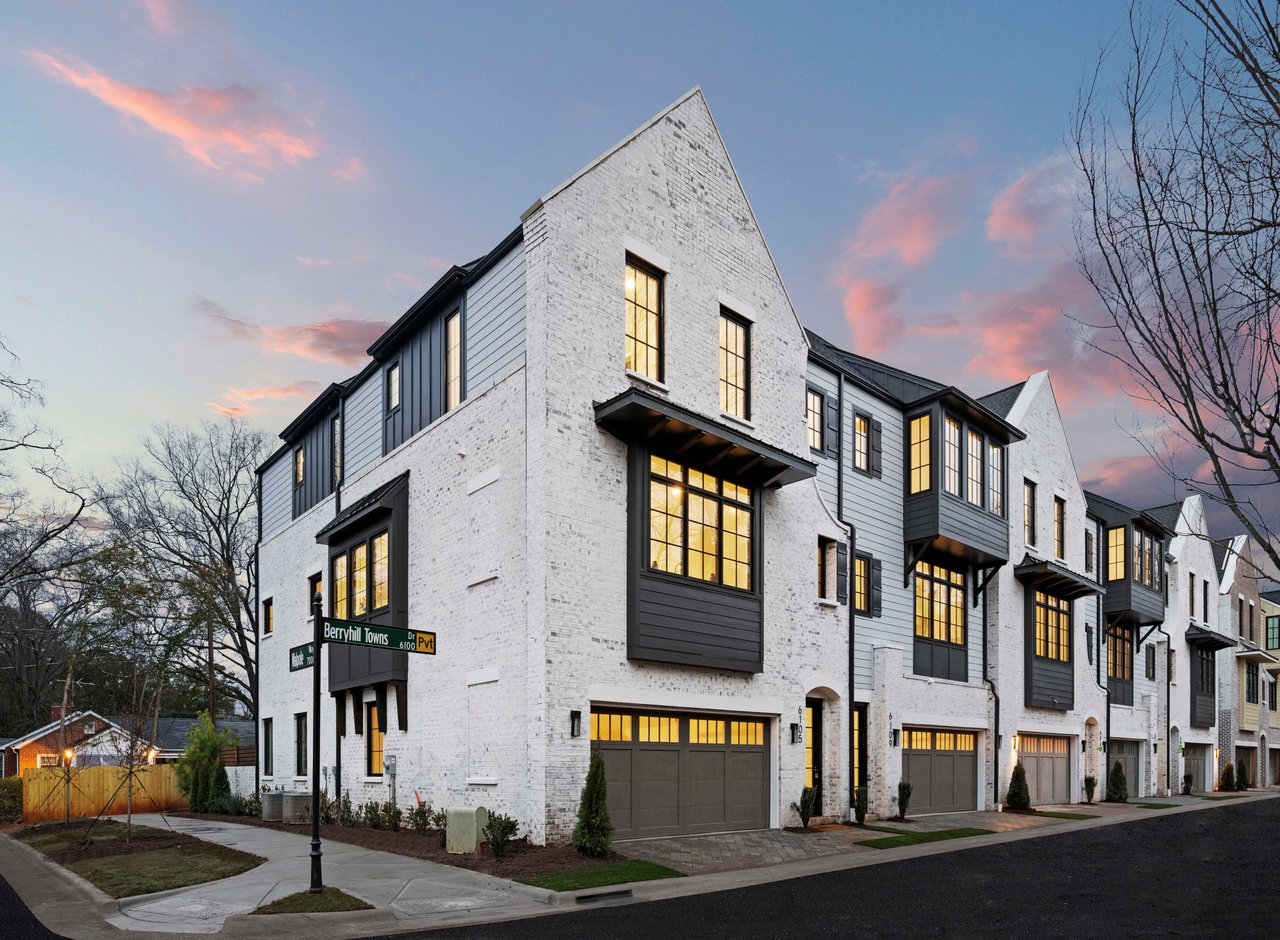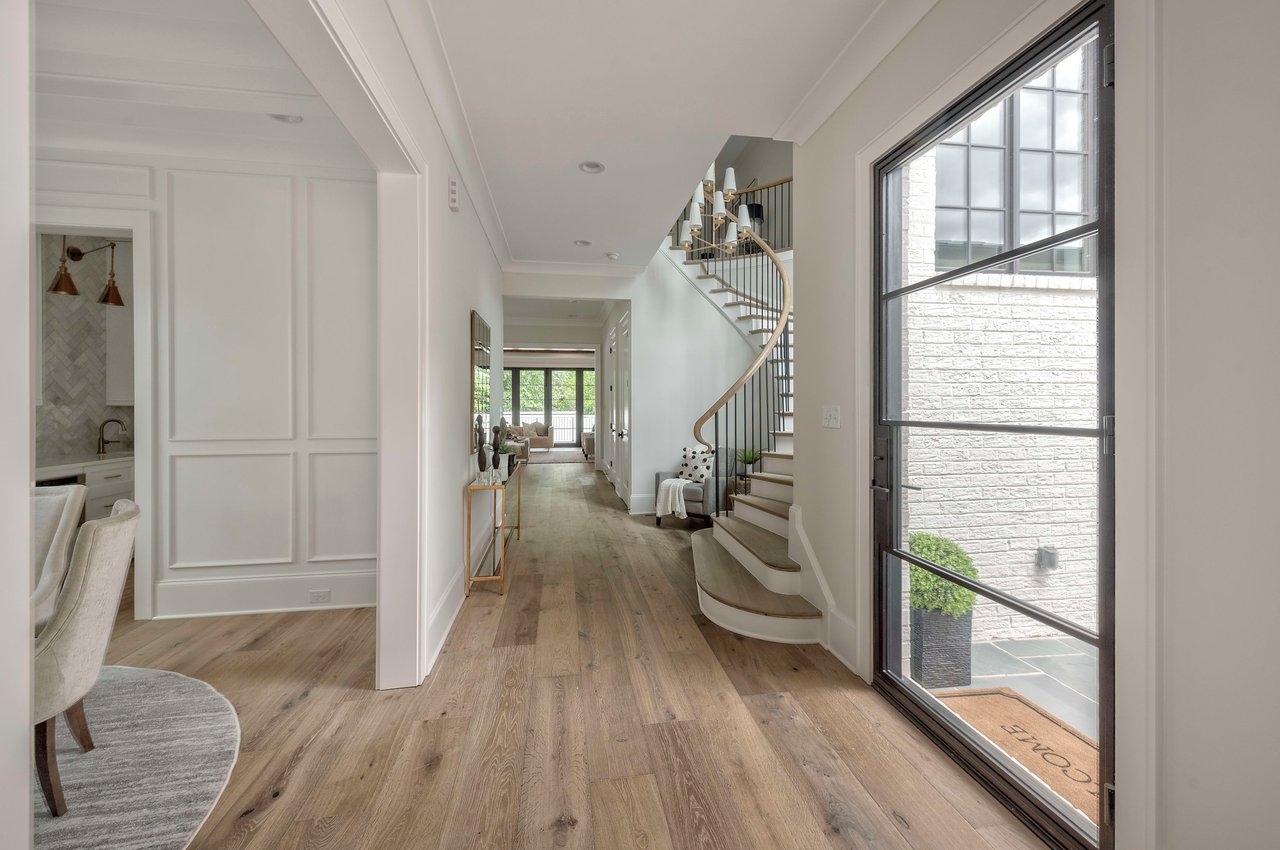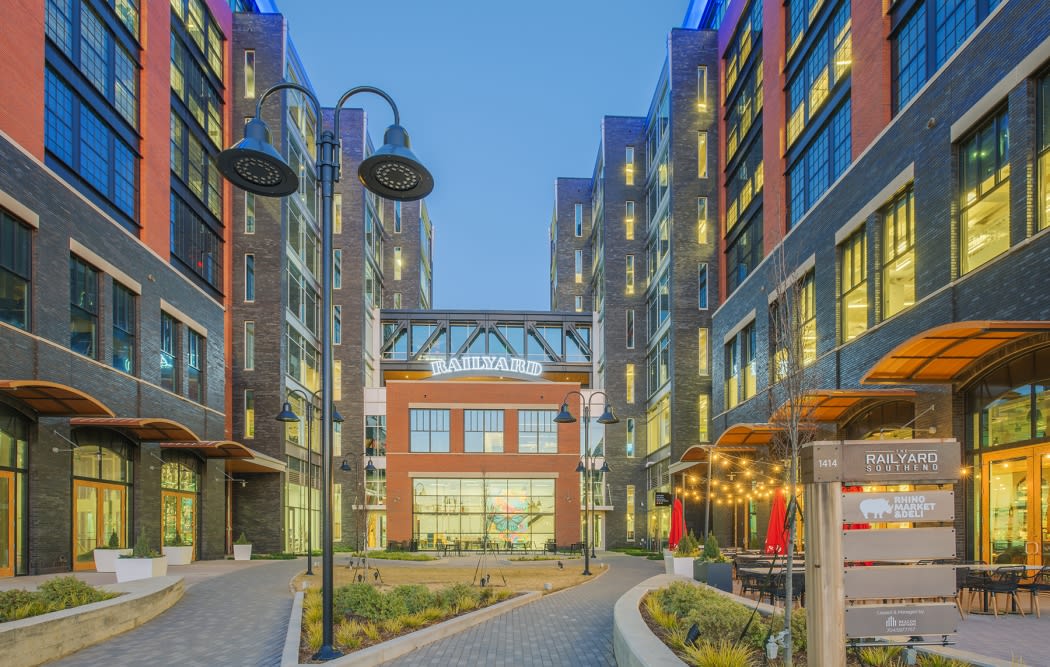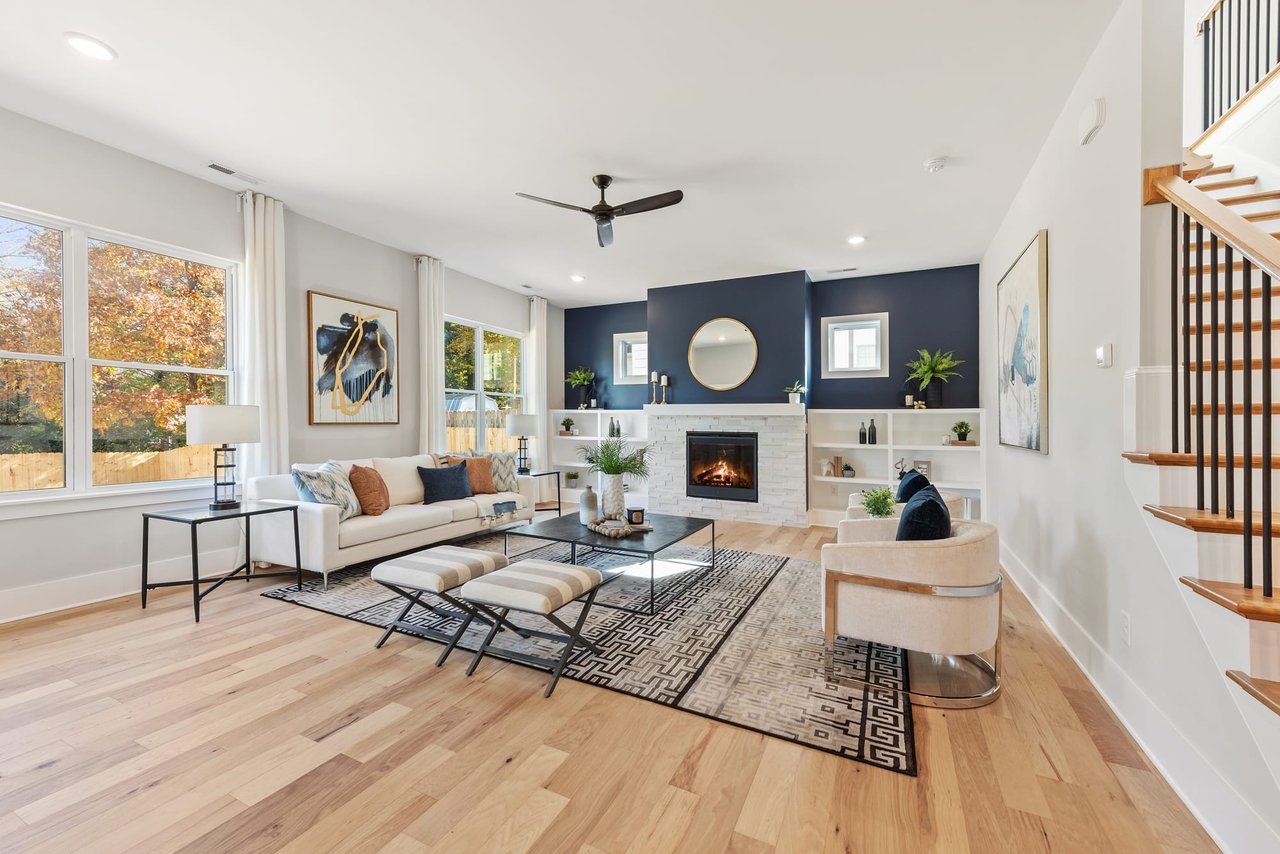Over the last decade, the United States grew at its slowest rate since the 1930s, and minorities made up almost all of that population growth. These shifts aren’t surprising. The 2020 census bears out what demographers have been predicting for years. Between 2010 and 2020, Asian Americans experienced the highest population gains (36%) followed by Hispanic (23%) and Black (6%) Americans. In contrast, the White population dropped by 9% from 2010, increasing the overall racial and ethnic diversity of the country. Since this is the first time in U.S. history the census has shown an actual decline in the White population, a more thorough analysis of the recently released census data is needed. The actual story is more complicated.
At a first look, the “White alone” population accounted for 62% of all people living in the U.S., compared with 72% in 2010. White alone refers to people who identified themselves or other members of their household as solely White and not Hispanic. Nevertheless, the “White in combination” population surged 316% during the same period. These are people who identified with the White category and one or more other groups.
Why This Is Happening Now
First, the U.S. Census Bureau has warned that comparisons between 2020 census and 2010 census race data should be made with caution. That’s because the design of the questions for race and ethnicity changed. The Census Bureau also changed how responses were processed and coded. Thus, the change is not solely the result of changing demographics.
Second, intermarriage is playing a role. Simply, more White Americans are marrying and having children with someone of another race or ethnicity. Indeed, the data shows a significant decline in the number of White alone kids over the last decade. Among those 18 and older, the number of people who said they were White alone decreased by 5%. By contrast, the number of White alone individuals under 18 decreased by 20%. This may reflect a rising demographic trend in the decades ahead.
In the meantime, the White population is older than other groups and aging faster. For instance, 18% of White Americans are 65 and older compared with only 12% of Black Americans and just 8% of Hispanic Americans. An older population typically translates to lower birth rates and higher death rates, contributing to a slower growth of the population. Given the trend, the White population is likely to decrease even further in the coming years.
Local Population Changes
At the local level, the census data shows substantial variations across the country. During the last decade, 70% of metro areas experienced White population losses, including high-cost areas such as New York, Chicago, and Los Angeles.
California and Texas had the most metro areas with the largest losses in White alone population. For instance, the number of White alone Americans fell by 56% in McAllen, Texas, and 31% in the Los Angeles metro area. But this decrease in White population has a corollary: These areas are also among the fastest-growing multiracial areas. For example, the White in combination population is 34 times larger in McAllen, Texas, in 2020 than it was in 2010.
Most of the metro areas that gained White population from 2010 to 2020 are located in the Carolinas, reflecting a general shift of the population. The White population rose 78% in Myrtle Beach, S.C.-N.C.; 38% in Charlotte, N.C.-S.C.; 36% in Greenville, S.C.; 36% in Winston, N.C.; and nearly 20% in the Charleston, S.C., and Durham, N.C., metro areas. But these increases don’t reflect a decrease in diversity. In fact, non-White groups show roughly similar migration patterns. For instance, the Black population increased 42% in Myrtle Beach and 38% in Charlotte.
Why It Matters to Real Estate
Shifts in the demographics of a nation can have a large impact on the real estate market. Population changes lead to changing demand for housing. In the future, expect to see homeownership rates of fast-growing minority groups increase across the country, easing the homeownership rate gap between the White and minority population. Currently, minority households living in areas with a higher minority population are more likely to own a home than those living in other areas. In the future, minority groups will likely make gains in areas where their numbers are increasing. Time will show how the typical home buyer will change in the years ahead.










